The Internet of Things, or IoT, is changing how we interact with the world around us. Many gadgets in our daily lives, like smart thermostats, light bulbs, and speakers, are part of this exciting technology. IoT devices communicate with each other and the internet, allowing users to control them remotely using a phone or computer. For beginners, IoT opens up a world of possibilities to make homes smarter and more efficient without needing advanced technical skills.
When getting started with IoT, you might consider beginning with simple devices like smart plugs or bulbs. These products are often affordable and easy to set up, making them perfect for those new to smart home technology. A smart plug can turn any ordinary appliance into a smart one, controlled right from your phone, while smart bulbs offer the convenience of adjusting the lights’ brightness and colour from anywhere. These devices provide a good introduction to the capabilities and convenience of IoT technology.
Choosing the right IoT product involves paying attention to a few key details. Compatibility with your existing devices and smart home systems is crucial. Selecting a product that works with your smartphone or home assistant, like Siri or Alexa, ensures a seamless experience. Security is another important factor, as IoT devices connect to the internet and can be vulnerable to cyber threats if not properly protected. We spent many hours exploring various IoT devices to find those that are user-friendly and safe for beginners.
Best IoT Products for Beginners
I’ve rounded up my top picks for beginner-friendly IoT devices. These gadgets are easy to set up and will help you get started with smart technology in no time.
IoT Beginner’s Guide
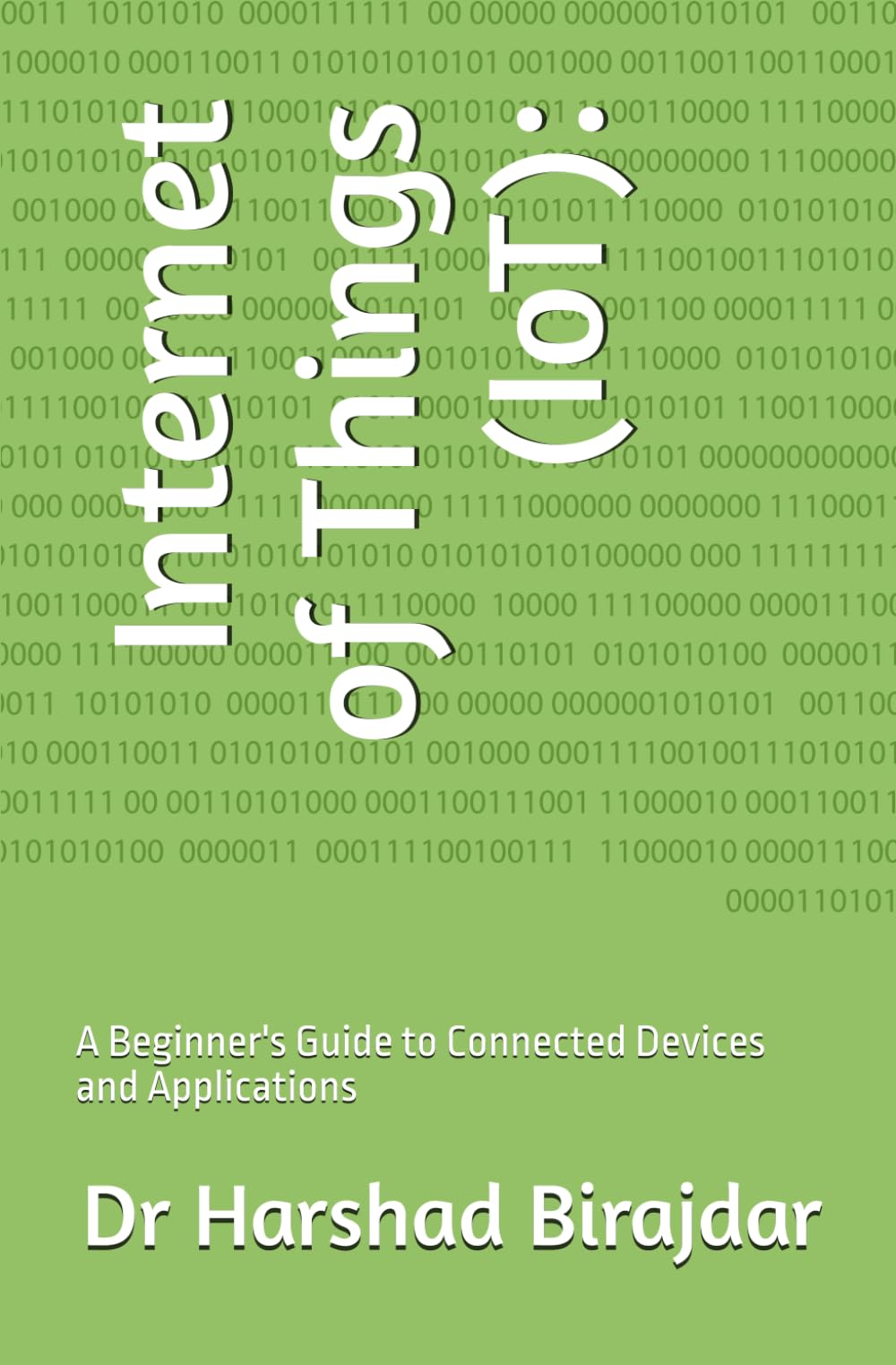
This easy-to-read guide is perfect for anyone starting out with IoT and wanting a straightforward introduction.
Pros
- Simple language makes it easy to understand.
- Useful illustrations help explain concepts.
- Compact size makes it easy to carry.
Cons
- Limited content due to only 56 pages.
- Lacks detailed real-world examples.
- Design could be more visually appealing.
This IoT Beginner’s Guide is a good starting point for anyone curious about connected devices. I found the language to be very accessible, making complex ideas easier to grasp. Each section introduces you to a different aspect of IoT, creating a clear path to follow.
Illustrations throughout the book make understanding the content a breeze. They effectively bridge the gap between theory and practice, helping to visualise how IoT works. This is especially helpful for those who, like me, enjoy learning with visuals.
Though concise, the book’s briefness may leave some wanting more depth. At only 56 pages, it covers the basics but lacks extensive detail. A few more real-world examples would have enriched my experience further, providing more context to the principles described. Nonetheless, it’s a handy guide for beginners looking to get their feet wet.
IoT for Beginners Guide
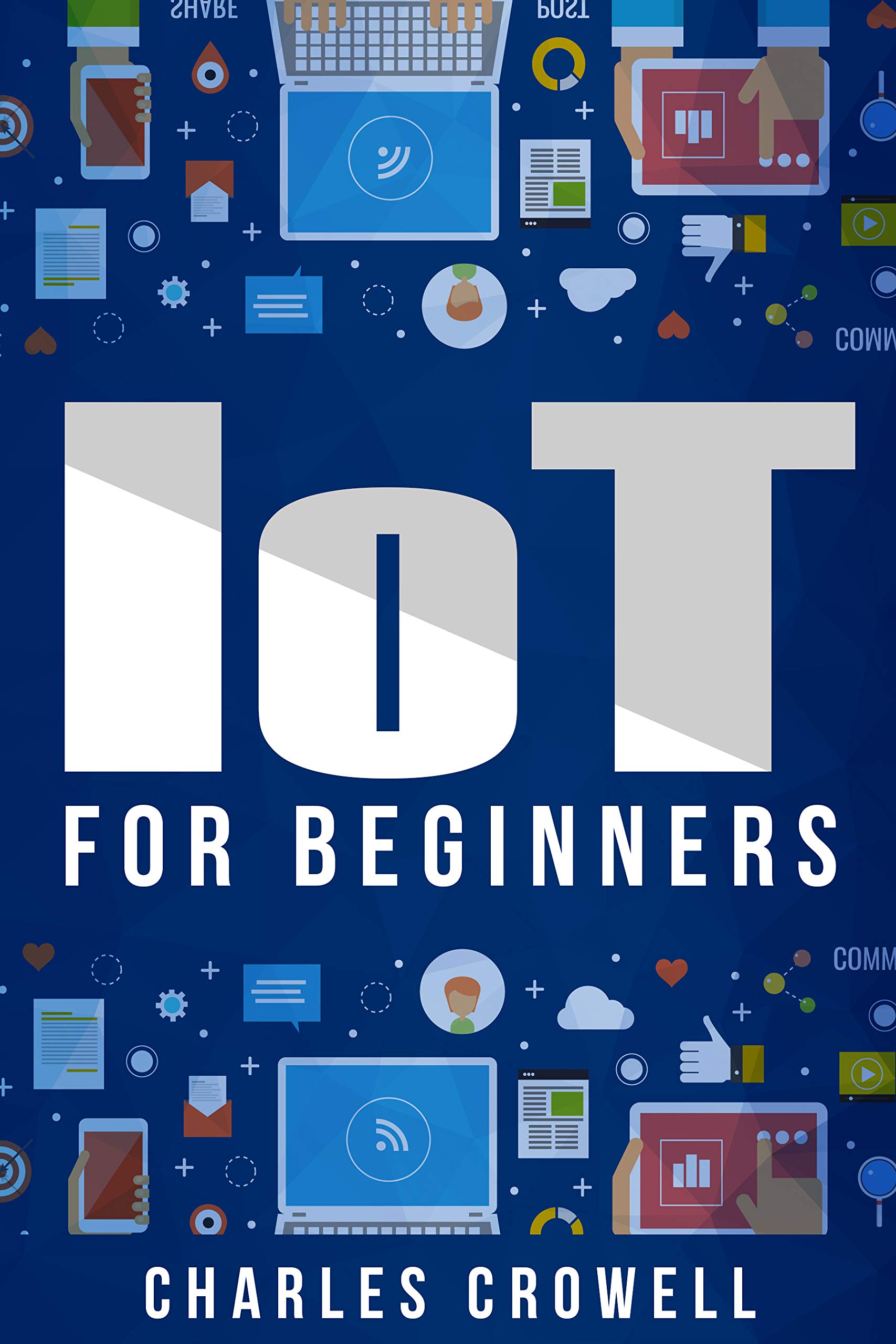
This book provides a basic introduction to the world of IoT, but might not be detailed enough for everyone.
Pros
- Simple language makes it accessible for beginners.
- Covers the fundamental concepts of IoT.
- Suitable size for a quick read.
Cons
- Lacks in-depth information on IoT topics.
- Some sections feel overly simplified.
- Doesn’t offer much beyond basic online resources.
I recently explored the “IoT – Internet of Things for Beginners” e-book, seeking a straightforward introduction to the concept of IoT. The writing style is quite simple, which I found helpful for someone new to the subject. It breaks down complex ideas into easy-to-understand chunks.
Nevertheless, the book seems to only scratch the surface. Some parts come across as too basic, especially if you’re looking for anything deeper than a general overview. It felt more like a starting point rather than a comprehensive guide.
While browsing through the chapters, I noticed that some sections could benefit from more real-world examples and case studies. It would have been nice to see how these technologies are applied in everyday scenarios. Overall, it’s a decent starting point for absolute beginners, but you may need to look elsewhere for more detailed insights.
IoT for Beginners Guide
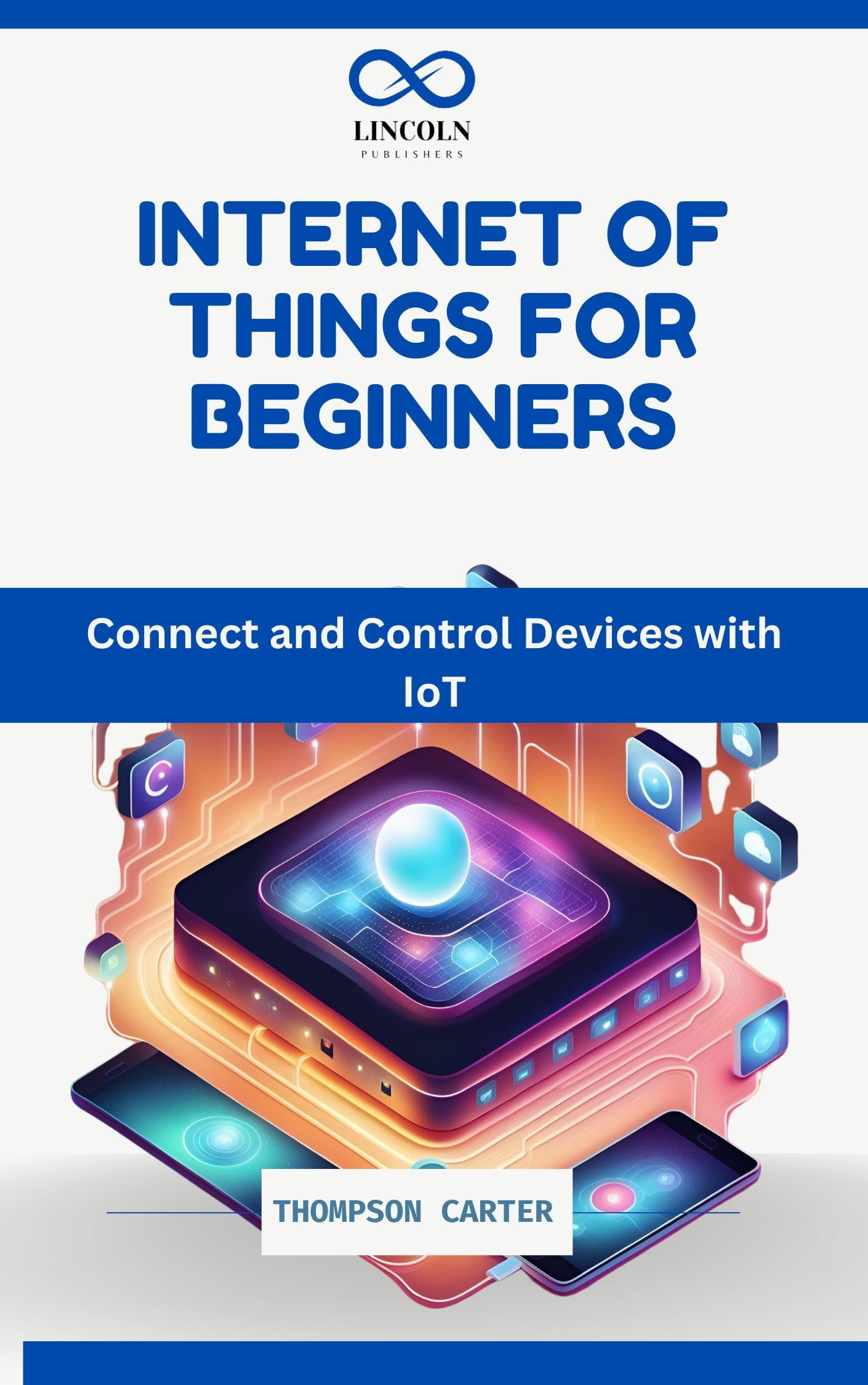
This guide is a solid starting point if you’re looking to explore the world of IoT without prior experience.
Pros
- Easy to follow instructions.
- Supports many devices.
- Unlimited device use with one purchase.
Cons
- Lacks interactive features.
- Could use more visual aids.
- Advanced topics are not covered in depth.
The book is quite simple to understand and doesn’t require any previous knowledge. The straightforward language makes complex ideas easy to grasp, making it great for beginners. I found it very helpful in connecting and controlling different devices.
As I went through the book, I noticed it allowed the use of multiple devices simultaneously, which is a huge bonus for anyone looking to manage a smart home setup. This feature made experimenting a lot more flexible and fun.
I did wish there were more visuals or diagrams; these might help break down some of the more technical parts. For those who want to dive deeper into IoT, the book doesn’t cover advanced topics extensively, but it’s definitely a great stepping stone.
The Internet of Things Book
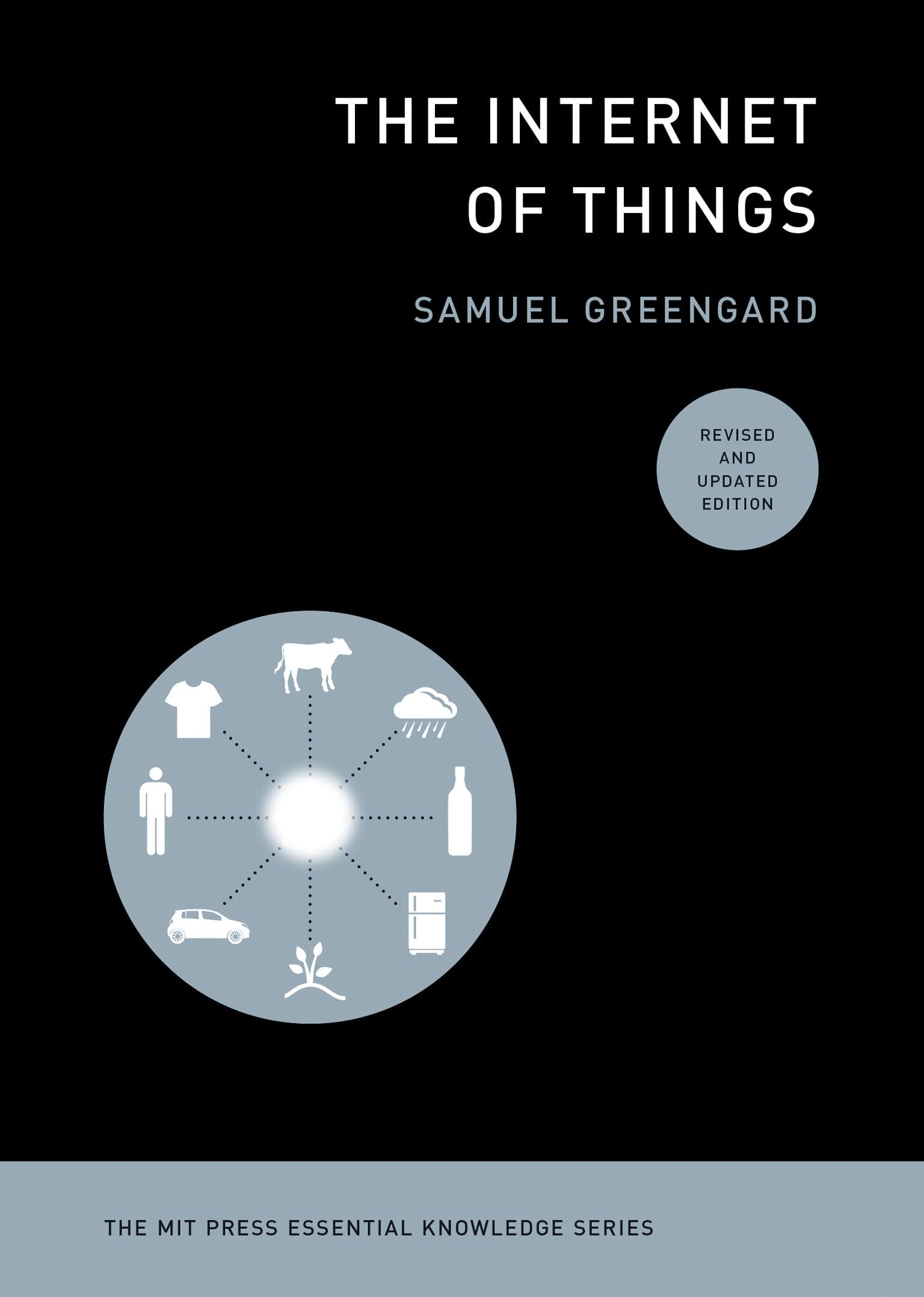
This book is a solid choice for beginners looking to explore IoT concepts, though it could use more depth for advanced learners.
Pros
- The content is easy to follow and not too technical.
- It provides a broad overview of key IoT topics.
- Suitable for those new to the IoT space.
Cons
- It lacks depth for in-depth exploration.
- There’s a need for more latest developments in IoT.
- Could include more practical examples.
I found this book quite helpful as an initial guide to the world of IoT. It presents concepts in a manner that is easy to grasp, even for someone just diving into the subject. The writing is straightforward, avoiding overly technical jargon, making it accessible to many readers.
While the book gives a good sweep of IoT, those who wish to delve deeper might find it somewhat lacking. It tends to stay at the surface level, which might leave some wanting more if they’re eager for intricate details.
Overall, it’s a useful starting point for anyone interested in IoT. For someone just stepping into this field, it clearly outlines the basic ideas without overwhelming the reader. If you’re after a deeper dive, though, further reading might be necessary.
IoT Guide for Newbies
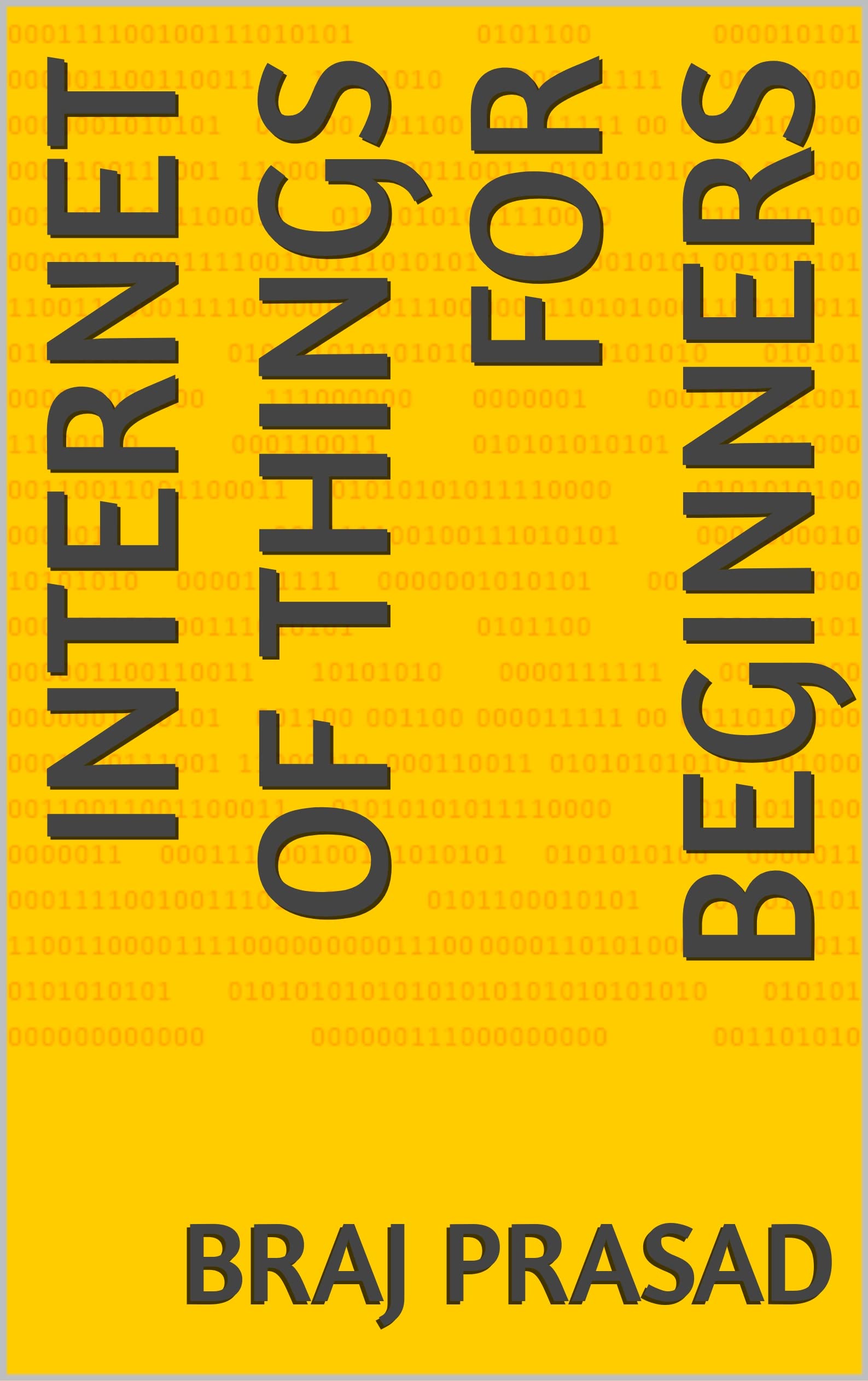
This book is a great starting point for anyone curious about the Internet of Things.
Pros
- Clear explanations make complex topics easy to grasp.
- Enhanced typesetting improves reading experience on devices.
- Supports text-to-speech for convenient listening.
Cons
- Limited use of visual content.
- Lacks interactive elements for deeper engagement.
- Some topics feel briefly covered.
The book’s language is straightforward and easy to follow, making it ideal for beginners. I found the way it breaks down IoT concepts into bite-sized pieces helpful. It reads more like a conversation than a textbook.
I’m impressed with how accessible the content is, especially for those with no prior knowledge. The enhanced typesetting feature makes reading more pleasant on e-readers.
One downside I noticed is the reliance on text alone. Adding more visual aids could enhance understanding. Despite this, the book covers a wide range of topics, offering a broad introduction to IoT.
Buying Guide
When I’m looking to buy an Internet of Things (IoT) gadget, a few key aspects matter. The first thing is to check compatibility. I make sure the device works seamlessly with my existing systems, like my smartphone, smart home hub, or personal computer.
I always consider the ease of use. Some devices have complicated setups which can be frustrating. I prefer gadgets with straightforward installation steps and simple apps. Checking user reviews can often give insight into these aspects.
When it comes to security, I pay close attention. IoT devices can be vulnerable to hacking. I always look for devices with strong security features, such as data encryption and regular software updates. This keeps my information safe and secure.
I evaluate the connectivity options on offer. Common options include Bluetooth, Wi-Fi, and Zigbee. Each has its own pros and cons, so I choose the one that best suits my needs and lifestyle.
Price is always on my mind. While budget-friendly devices can be appealing, they might lack essential features. I find it important to balance cost with functionality to ensure I get good value.
Finally, I keep an eye on reviews and ratings. Feedback from other users often highlights the pros and cons, helping me make a more informed decision.
These factors help me find the IoT device that best fits my needs, ensuring a seamless and enjoyable experience.
